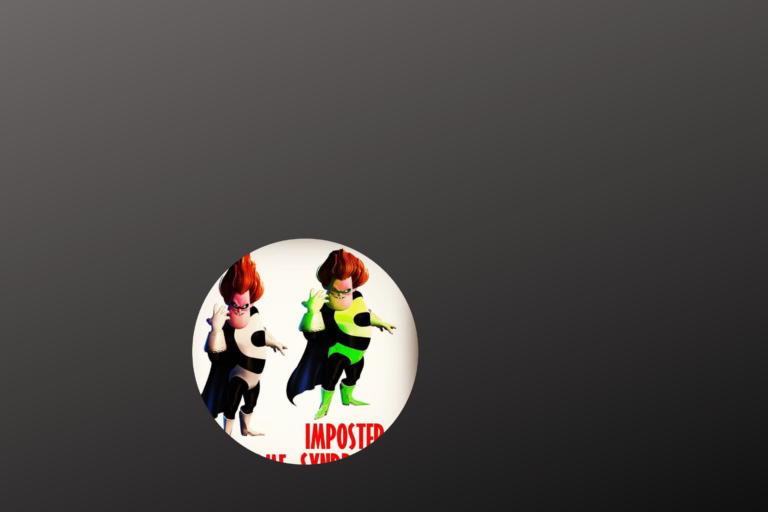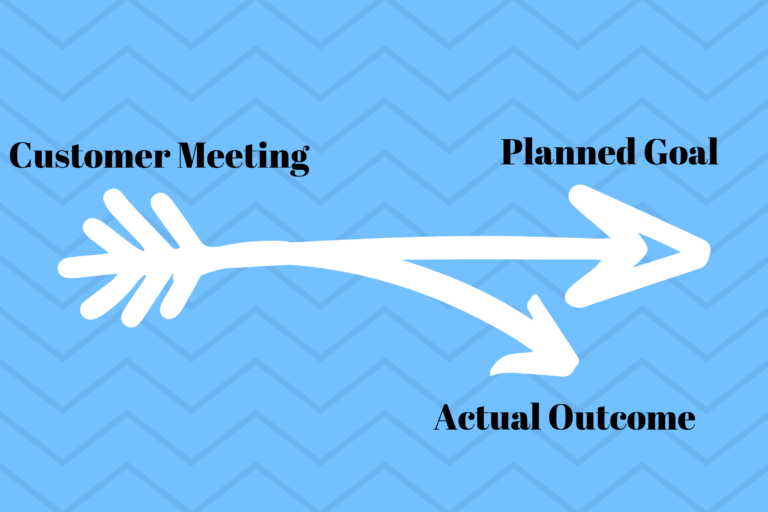The discovery process is the most important process that we, as Sales Engineers, can go through. It helps us find out what problems the customer needs solved as it relates to our offerings. It also allows us to start building a new relationship with the customer if we don’t already have one.
Through my discussions with other SEs, I’ve compiled a list of mistakes that SEs have seen committed during a discovery call, some of which I have went through myself, and others may seem very obvious. I’ve already talked about my faux pas in my early years in the Discovery Process post that I’ve been able to correct thanks to my current leadership at my job, so I will not be going over that again here. Without any further adieu, below is a list of mistakes that can happen during a discovery call in no particular order:
1- Forgetting the notebook or pen.
Other than laptops, a notebooks and pen might be the most used pieces of equipment for an SE. They are always being removed from our bags at customer sites, coffee shops, home offices and actual work offices. So, it is bound to happen that we take out our notebook or pen in the office, work on some action items we’ve written down, then head out to a meeting, and thus leaving our essential tools behind. Once you show up in front of a customer with nowhere to jot down your action items, they might not be left with a great impression. It’s like going fishing without a fishing rod!
.

On the flip side, John Haldi, who was on the show 10, actually talks about showing up to a meeting and acting like he forgot his notebook and pen by looking around in his bag until a customer takes pity on him and gives him their own pen and pad. He mentioned that it somehow brings their guards down, and that it works for him. What do I know? Different tactics work for different people. Try John’s trick at your own risk.
2- Talking the customer’s ear off
Have you been to a meeting where someone introduces themselves for 20 minutes, talks about their career and personal history, and how much product they have sold since 1984 (the year I was born is an important year)? For some, this might be a good relationship building exercise, and others might zone out and go to their happy place (that’s what I would do…). I prefer giving a bit of information about myself, and really take the time to focus on my customer and what information they would like to share about themselves. Introducing yourself is essential and can take a minute. It is not just limited to the introduction. The customer will however get disengaged, if you take over the mic and continue to talk non-stop. On the other end of the spectrum, if the SE is silent for the meeting, then the SE is not really doing their job. And this should be obvious at this point: The purpose of the discovery call is to diagnose a potential problem. You cannot diagnose a problem without asking questions.
3- Spray and Pray
Presentations should not be part of the discovery call. Bombarding the prospect with a list of products is not an efficient discovery. I talked way more about this in the last blog post. As a summary, slides tend to t get the customer to sit comfortably in his conference room chair, and to start thinking about solving his problems on his own.
4- Using a laptop for notes
A lot of SEs use laptop for taking notes. I, and this is a personal opinion, don’t like doing that for a couple of reasons. First and foremost, it can add a divider between myself and the customer. My other reasoning behind not using a laptop, is that the customer doesn’t know what I am actually doing and might start thinking I’m not paying attention. Having a notebook, writing down the customers’ names and action items just shows your interest in the customer and what they are saying.

5- Not taking notes
Having a notebook in front of you and not taking notes just shows a complete lack of interest. You are better off having your laptop and checking your personal email instead. At least you look like you are doing something. It’s not only a mistake because it makes you look bad, but now you have no way of tracking what you need to do, cross referencing your info with your AM’s info, and making sure you can actually do your job.
6- Not having an objective
This actually applies to any meeting you are going into. You need to know what you want to get out of a meeting with customer. So the AM and the SE should have a chat before every meeting to discuss that point. They also need to discuss if there are any topics that should not be brought up in a meeting.
7- Stopping at the pain, not going on to build a vision or talk about the gain
Most SEs keep asking questions until they define the pain. During my discussion with John Care of Mastering Technical Sales in show 17, he mentions that great SEs keep pushing until they can help the customer identify the gain that the customer would get from the proposed solution.
For example, if you go to buy a car, and your pain is that you are paying too much for gas, then you have identified the pain. The salesperson can simply tell you that a car spends less on gas than your current car. But if the salesperson can build the gain that you can drive the car for weeks without having to stop for gas, or can build the vision of going on a road trip with one tank of gas, the salesperson will have a better chance to sell the car. Better yet, if they let you borrow the car for a week and you can see that, it would be hard to go back to the older car. He just helped you build a vision of not filling up your tank every half a day.

8- Not following up or following up too late
This should be obvious. If a customer asks you a question, and you said you will get back to them with an answer, then you better get back to them in a timely fashion. If you reply a week later (depending on your industry) without setting expectations, then you are late. At that point, there is a very high probability that you might miss the boat and loose to the competition.
9- Not agreeing with a customer on next steps
Before leaving a meeting with the customer, agree to next steps. This is something that the AM would do, but if the AM doesn’t do it, or if the AM is not there for whatever reason, then it is on you. Always push the sale forward to see where the customer stands and if the customer has an actual need or if they are just kicking the tires.
10 – Talking over or cutting off the customer
Sometimes, in our excitement to answer the customer’s question, we end up cutting them off. Wait until the customer finishes the question, pause for a couple of seconds to make sure that they are done, then if you know the answer, proceed to answering the question. Otherwise, take note and get back to them.
These 10 mistakes that I have listed above have either happened to me while I was buying a product, are mistakes I’ve done myself, and/or are mistakes I’ve heard other SEs commit. I am sure the list can go beyond these. If you think of any others, or if you disagree with me, please let me know in the comments.



Hey man,
I like this blog set up and the website idea. I’m trying to break into sales engineering from aerospace engineering but been having a tough time to find a spot online where sales engineers collaborate. Would you mind reaching out to me? Thanks man.
Hi Ben,
Thanks for the message. I just sent you an email. Let’s start this conversation going.